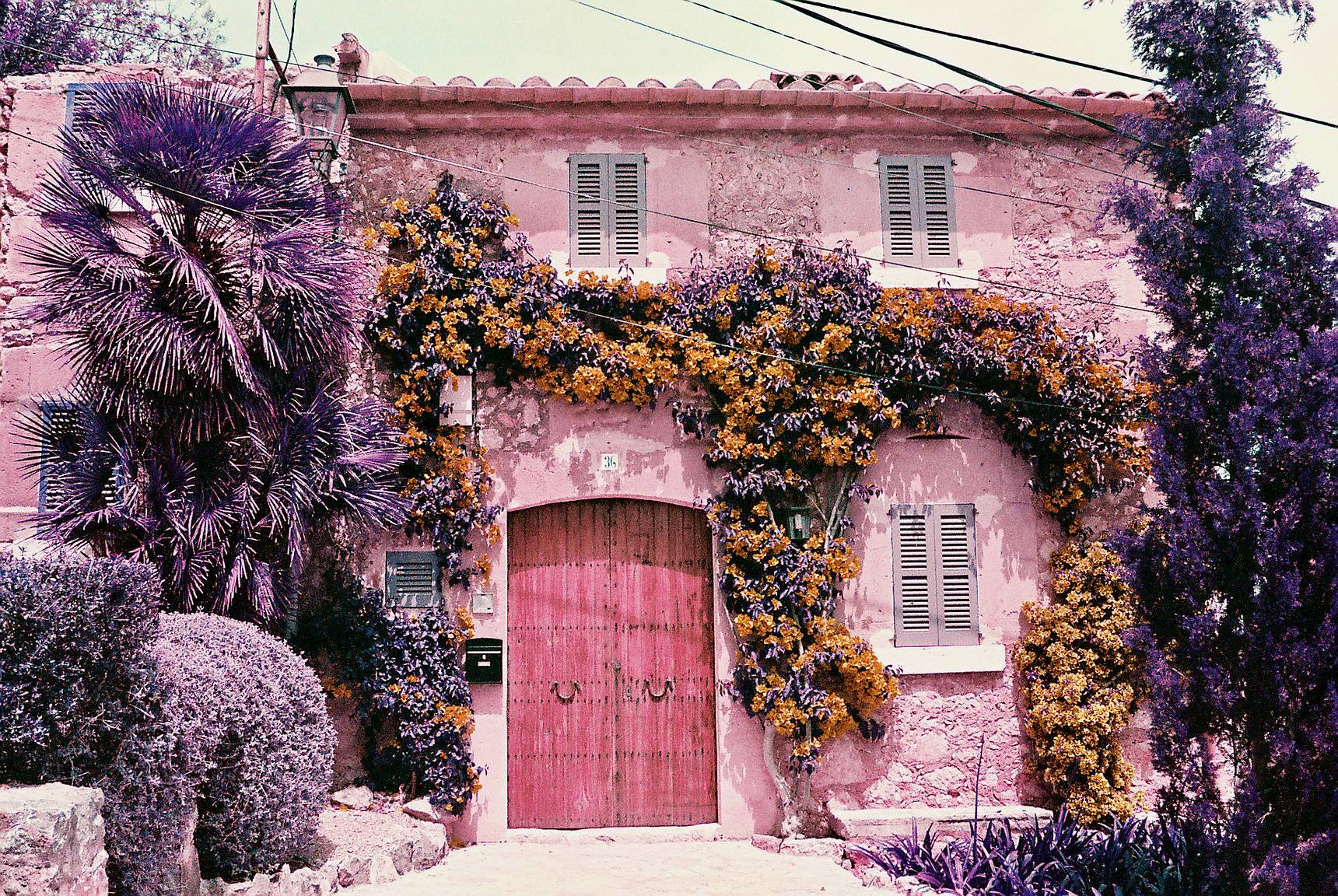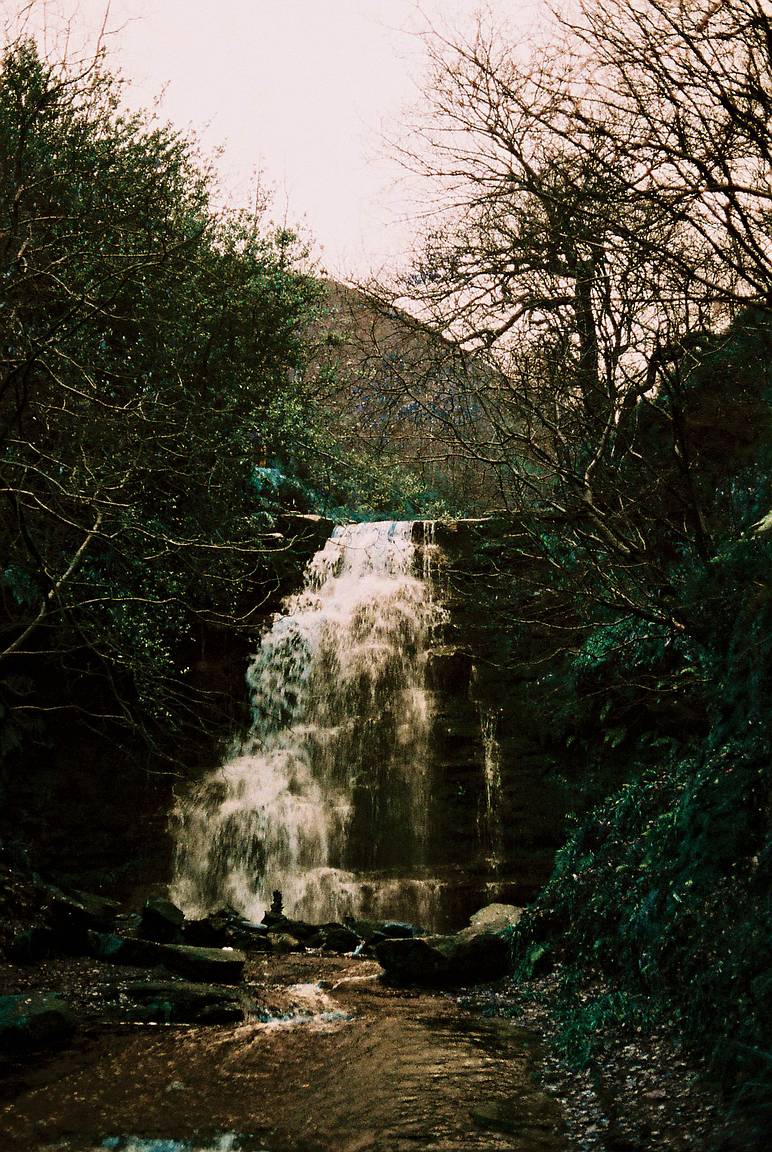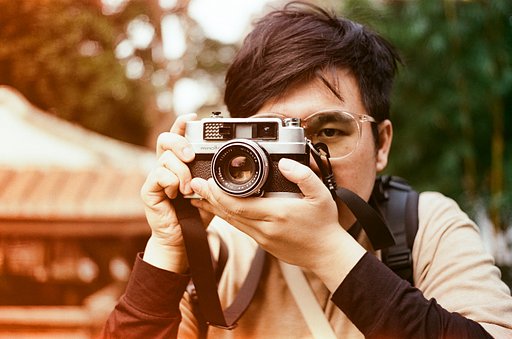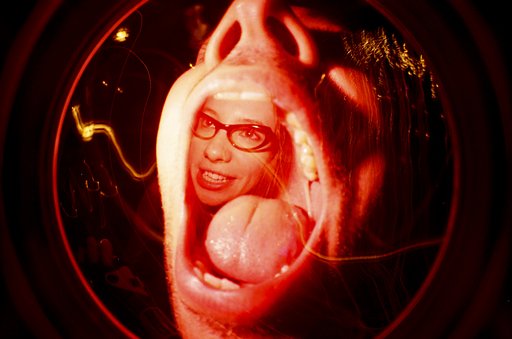Luscious LomoChrome Tones with Alex Roberts
13 Share TweetCraggy rocks, dense foliage, and soft rippling water are all reoccurring themes for UK-based photographer Alex Roberts. He talked to us about the roots of his passion for film photography and how the versatile nature of the variable ISO lends itself so well to his shooting style.
Hello Alex, please tell us a bit about yourself?
First of all, a massive thank you for featuring some of my work - I’ve been a huge fan of Lomography for a number of years and an opportunity like this really means the world to me. I’m 29 years old, currently living in the Midlands in the UK but originally from up north near Liverpool. I graduated with a degree in Fine Art Practice in 2014 and analog photography was a huge part of my work, helping me document my experiences throughout and providing the basis for a lot of my work.
Film photography is a passion I’ve not been able to shake since and I’ve really enjoyed seeing its resurgence in popularity over the last few years (although I do miss being able to pick up rolls of film at my local Poundland for next to nothing and getting your developing done in the hour for a couple of pounds).
How did you get into shooting with film and what's the appeal?
I first started playing with film using my parents' point-and-shoot canon travel camera in the early 2000s, just before digital cameras really picked up in their popularity. I ended up getting my own Canon AE1 just over 10 years ago and it’s gone with me pretty much everywhere since!
The appeal to me is the atmosphere an analog image can capture. I think the physical process of capturing light in chemicals suspended between film is the only way you can really say you’ve captured a moment; there is something lost with the ease of digital photography, its an electrical stimulus on a sensor and it’s how that system interprets the light and recreates it in a digital version that means you can shoot a thousand images for one good one and just keep clicking, but with film, you both have to really contemplate each image when you’re capturing it, so as not to waste any of the roll. There’s a romantic element to that relationship and a deeper sense of satisfaction with those images I’ve captured that I think will always keep me coming back to analog.
What made you decide to try out LomoChrome films and were you pleased with the results?
Originally it stemmed from falling in love with a series of images taken in the Congo by a photographer called Richard Mosse. Using original Kodak Aerochrome film developed for military reconnaissance; the images interacted with light, foliage, skin tones and non-organic materials in a way I’d never seen before; I was really captivated by the manner in which colors separate the image’s various subjects and seeing its striking visual qualities I wanted to experiment with what I thought might be possible with similar film. At the time I was looking into doing my own infrared photography and the first formula of the LomoChrome Purple was released; I decided to give it a go and there’s been no looking back, the excitement I have before getting a roll of this developed is unparalleled and I have never been disappointed with the results LomoChrome brings.
What did you choose to shoot and why?
I’ve been shooting the LomoChrome films now for the best part of 5 years, right the way back to the first formula Purple and Turquoise films, and more recently with the LomoChrome Metropolis. I’m in a position where I pretty much always have a few rolls ready to shoot, some pre-exposed for double exposures and some ready to develop. Whenever I shoot anywhere this is one of the first films I pack in my bag, if it's not already loaded in my camera!
It’s one of the most versatile films available; the variable ISO really enables you to set the tone you want in the image in terms of vibrancy, going right the way from washed out all the way through to having the colors pop, giving you the control to adapt to different environments and subjects and portray them in the way you envisage.
I also find with LomoChrome there are fewer images on every roll you can’t work with afterward, because often even when you make a mistake or there’s an accident that means the image isn’t as you intended; the abstract qualities of the film often make it aesthetically viable regardless, leaving you with a lot of happy mistakes.
From your experiences what tips would you give to someone wanting to try these films out? Any particular setup that works well for you?
Just get out there and experiment, LomoChrome is one of the films you’ll have the most fun with and it will definitely shoot in ways that no other films can. They all work very well for landscapes (the greener the better) the Purple and Turquoise particularly. Your shots will benefit when your image has a variety of organic and non-organic materials and surfaces in it and reflections in water have a very beautiful quality on these films. The Metropolis is fantastic for portraits and more urban environments and can also produce some lovely light leaks. Going back to the variable ISO; I’ve found these can be particularly useful for double exposures, you can flexibly shoot two images in the same at half speeds between 50-200 ISO and you’ll still have a fully exposed shot when you come to developing later down the line.I really hope you have as much fun with LomoChrome as I have and don’t miss out on the re-released Turquoise, I’ve been waiting a few years for that!
See more of Alex's work visit his Instagram page.
2021-12-31 #gear #people #lomochrome-purple #lomochrome-turquoise


































未有留言